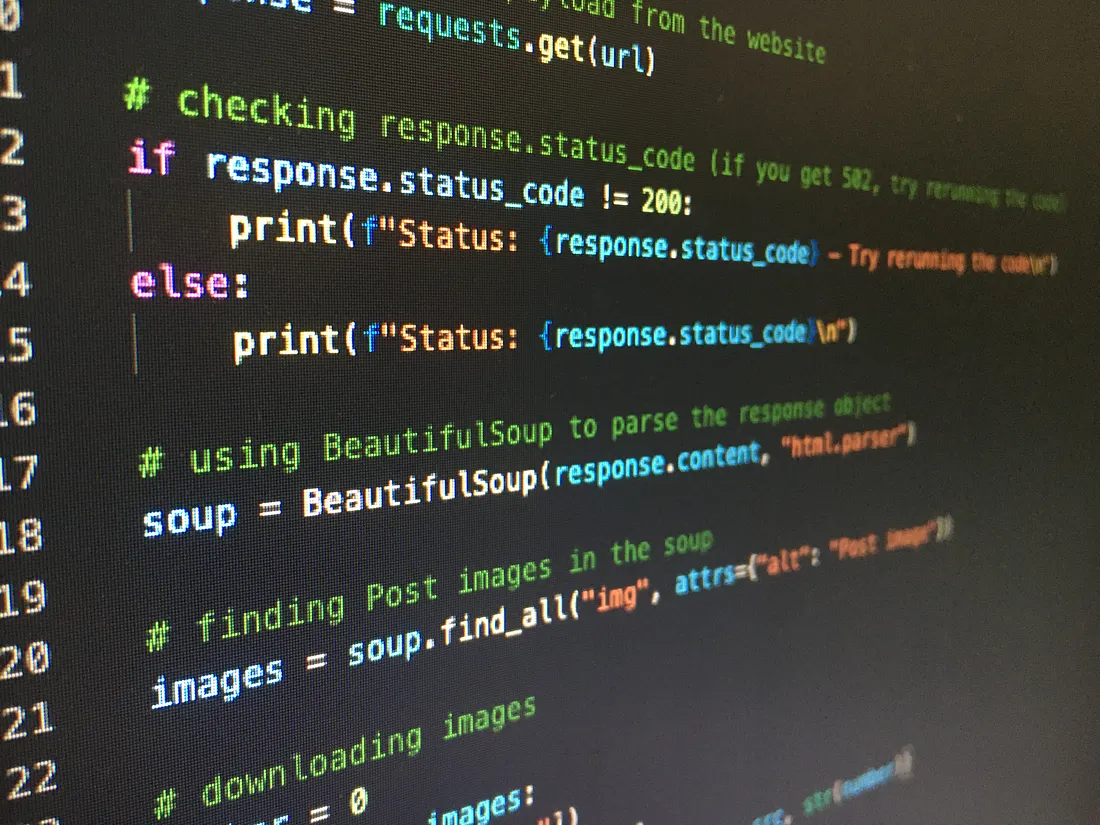In the world of programming, Python has established itself as one of the most popular and versatile languages. Known for its simplicity and readability, Python is widely used for web development, data science, automation, machine learning, and more. Whether you are just starting or an experienced developer, understanding Python is key to building efficient and scalable applications.
What is Python?
Python is a high-level, interpreted programming language that emphasizes code readability. Its clear syntax allows developers to express ideas in fewer lines of code compared to other languages. Guido van Rossum created Python in the late 1980s, and since then, it has grown into a language used by millions worldwide.
One of the reasons Python is so popular is its versatility. From creating simple scripts to building complex web applications or analyzing massive datasets, Python can handle it all. Its extensive libraries and frameworks make it suitable for almost any project.
Read More: Exploring JavaScript: The Language that Powers the Web
Why Learn Python?
Learning Python offers many advantages. Its clean syntax makes it beginner-friendly, while advanced features satisfy professional developers. Python supports multiple programming paradigms including procedural, object-oriented, and functional programming.
Python’s strong community ensures continuous development of libraries, tools, and frameworks. Whether you want to build a web app, perform data analysis, or develop AI models, Python provides the resources needed to succeed.
Read More: Understanding the Power of a Web Framework
Basic Concepts of Python
Variables and Data Types
In Python, variables are used to store information. Unlike some languages, you don’t need to declare a variable type explicitly. Python automatically detects the type of data.
Common data types include integers, floats, strings, booleans, lists, tuples, sets, and dictionaries. Understanding data types is fundamental for working effectively with Python.
Functions
Functions in Python are reusable blocks of code that perform specific tasks. Functions help organize code, making it cleaner and easier to maintain.
Python also supports lambda functions for short, anonymous functions, which are useful for small tasks or functional programming.
Conditionals and Loops
Control flow in Python is managed using conditionals and loops. Conditionals like if, elif, and else allow decision-making, while loops such as for and while enable repetitive tasks.
These structures are essential for creating interactive and dynamic programs with Python.
Read More: Understanding IP Address in the Digital Age
Working with Data in Python
One of Python’s strengths is its ability to handle data efficiently. Libraries like Pandas, NumPy, and Matplotlib allow for data manipulation, analysis, and visualization.
Lists and Dictionaries
Lists and dictionaries are powerful data structures in Python. Lists store ordered items, while dictionaries store key-value pairs.
These structures provide flexibility for storing and organizing information in Python programs.
File Handling
Python makes reading and writing files simple. You can handle text files, CSVs, JSON, and even Excel files using built-in functions or libraries.
File handling is essential for data processing, automation, and building practical applications in Python.
Read More: Understanding the Metaverse and Why Everyone Talks About It
Object-Oriented Programming in Python
Python supports object-oriented programming (OOP), which allows developers to model real-world objects and relationships. Using classes and objects, you can create reusable and modular code.
OOP in Python promotes clean architecture and scalability for large projects.
Web Development with Python
Python is widely used in web development. Frameworks like Django and Flask make it easy to build robust and secure web applications.
Django
Django is a high-level Python framework that encourages rapid development. It includes built-in tools for authentication, database management, and routing, allowing developers to focus on building features.
Flask
Flask is a lightweight Python framework ideal for smaller projects or APIs. Its simplicity and flexibility make it a favorite for developers who prefer more control over their application structure.
Automation and Scripting
Python excels in automation. From simple tasks like renaming files to complex workflows like web scraping, Python can handle repetitive tasks efficiently.
Scripting with Python saves time, reduces human error, and enhances productivity.
Data Science and Machine Learning with Python
Python is the language of choice for data science and AI. Libraries like NumPy, Pandas, Scikit-learn, and TensorFlow allow developers to analyze data, train models, and make predictions.
Data Analysis
With Python, you can clean, process, and visualize data easily. Matplotlib and Seaborn help create graphs, while Pandas simplifies data manipulation.
Machine Learning
Machine learning projects in Python range from predictive analytics to natural language processing. Python’s ecosystem provides everything needed to build and deploy intelligent systems.
Best Practices for Writing Python
-
Follow PEP 8 guidelines for consistent code style
-
Use meaningful variable and function names
-
Keep code modular using functions and classes
-
Write comments to improve readability
-
Optimize code for performance and memory usage
-
Test your code to ensure reliability
Adhering to these practices makes Python code maintainable, readable, and professional.
Challenges with Python
Despite its advantages, Python has some limitations. It is slower than compiled languages like C or Java. Managing large-scale applications may require careful design and optimization. Also, memory consumption can be high in certain scenarios.
However, Python’s ease of use, extensive libraries, and community support often outweigh these limitations. Developers continue to use Python for projects ranging from small scripts to enterprise-grade applications.
The Future of Python
Python continues to grow in popularity. Emerging technologies like artificial intelligence, data science, and cloud computing increasingly rely on Python. Its simplicity, combined with its power, ensures that Python remains relevant for years to come.
Learning Python opens doors to various career paths. From software development and data analysis to AI research and automation, Python provides the tools and opportunities to innovate and create
